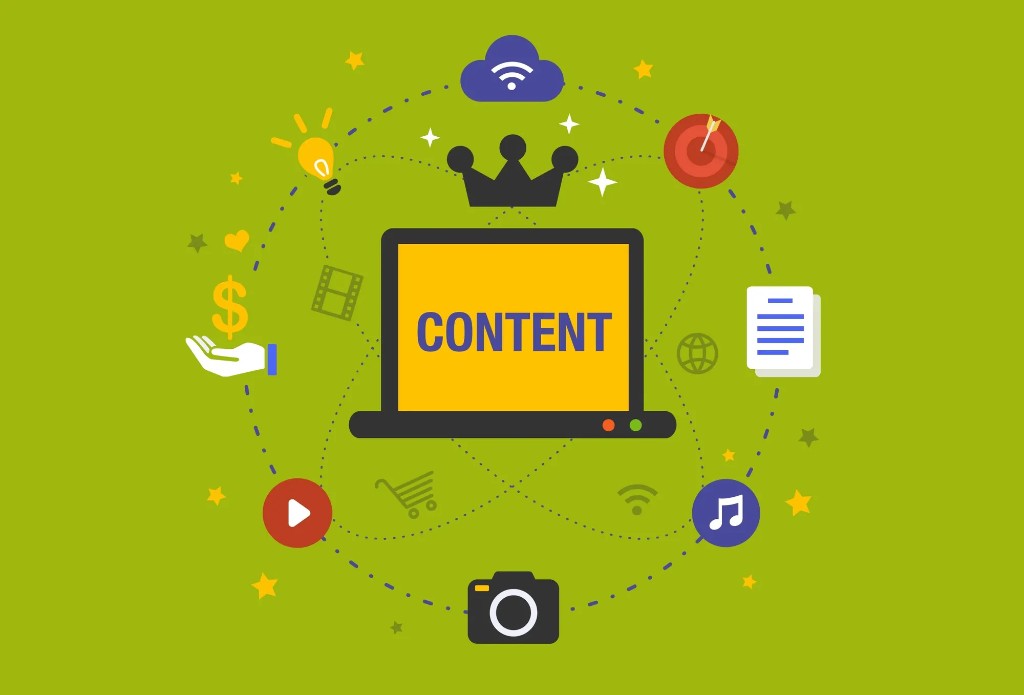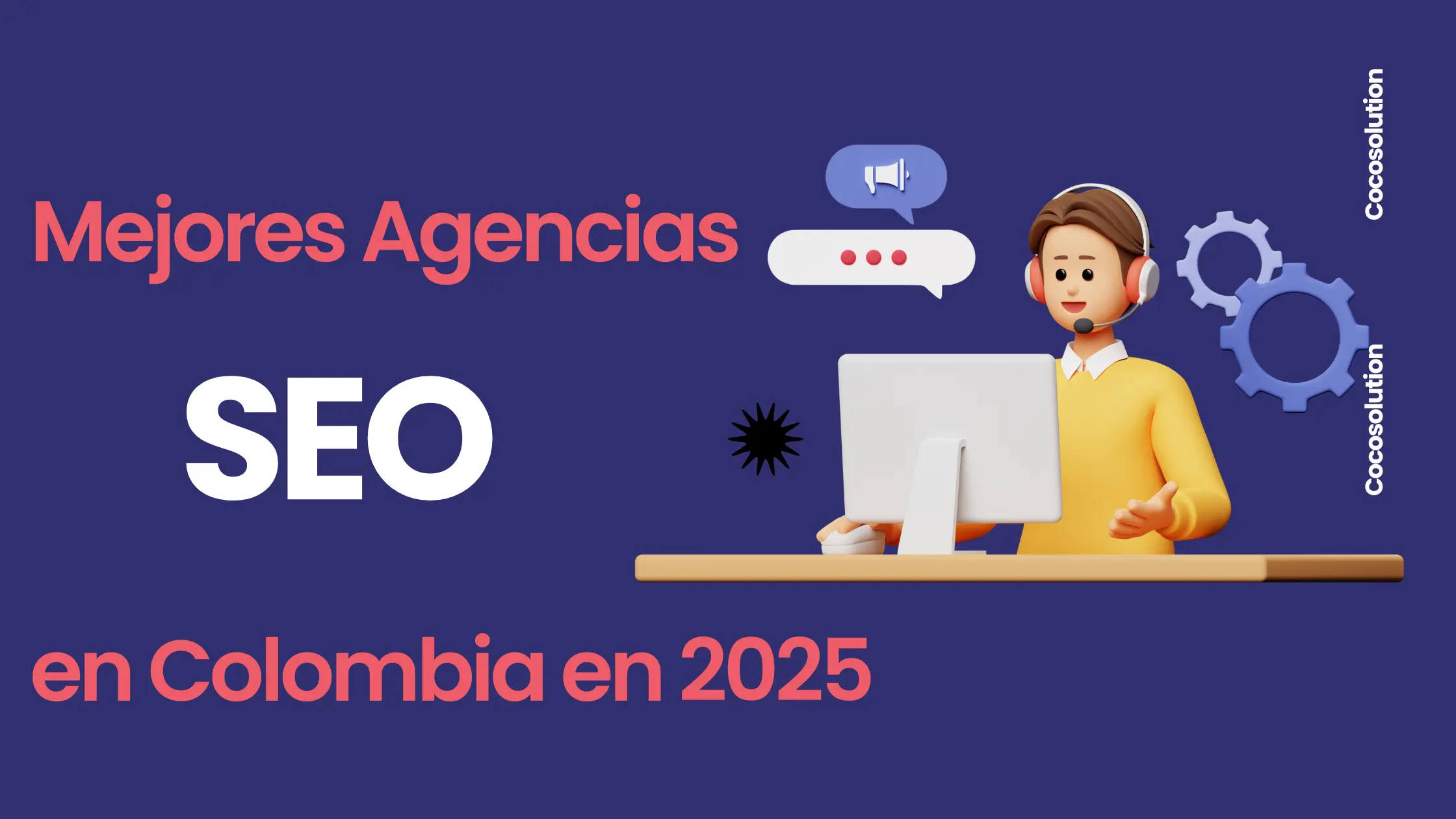What is Smart Content and how can it work for your business?

The world of digital marketing can always go further in terms of personalisation. This is where Smart Content comes into play, a novel concept that takes content by flag by adapting it to the phase of the cycle or purchase funnel in which each user or potential client is individually. It is one of the foundations of personalised marketing.
What is Smart Content?
Smart Content is that content that is personalised according to the characteristics of the visitor who consumes it.
It seeks to be relevant to each visitor or lead to create greater engagement. This way, you can move them through the sales journey faster and more efficiently.
It is a management system and intelligent use of the website that is closely related to content marketing.
How does Smart Content work?
When a user visits a website managed with a system based on intelligent content for the first time, he will come across content of a more general and standard nature.
However, each time you return to it (that is, you are interested in the products and/or services) you will be able to see different content that gradually evolves automatically and encourages you to carry out positive actions for the purchase process.
What is the relationship between Smart Content and Lead Nurturing?
The effectiveness of a Smart Content strategy is triggered when associated with Lead Nurturing, which consists of sending a chain of personalized emails that accompany and push the customer during the purchase process.
With Smart Content, you can add dynamism to this process of maturation or transformation of the potential customer into a real, thanks to content adapted to the moment of the cycle or purchase funnel in which they are.
In other words, by using Smart Content, Lead Nurturing has a new working technique to use in its customer conversion strategies: content interaction.
What are the advantages of Smart Content?

By executing an appropriate content strategy that puts the user as the backbone, Smart Content will generate certain benefits for the brand that never hurts.
Acceleration of purchase processes
There is an acceleration of payment processes, since the user will be accompanied by content related to their interests until reaching the last phase of the funnel, thus reinforcing the purchase decision.
Increased engagement
On the other hand, the concern to give each user what they are looking for leads to an increase in engagement. Showing those products, services or information that they really need to those who visit your website repeatedly will encourage them to leave comments, share the publications and interact with your brand in all media.
A good marketing strategy goes beyond the generation of sales opportunities, since it also tries to promote a real connection with the user. This is known as engagement.
By using Smart Content, users will be "hooked" because it really responds to their needs. This will motivate them to comment, share posts, and continuously engage with the brand.
Optimization of the user experience
With intelligent content, the user experience (UX), something important to attract and retain customers.
A good UX in the interaction with the content will eliminate friction and let customers know that the brand is truly committed to satisfying their needs and helping them every day.
What is needed to apply Smart Content?
The following items are required to assist in each phase of the process.
Centralised database
The core of content personalisation is in a database that contains all the necessary information of each user to direct the content directly to their interests.
Integrated email sending system
Having an integrated email sending tool that allows launching campaigns to a personalised database is essential for the application of Smart Content to be effective.
CMS or Content Management System
A Content Management System or CMS is where the content that appears on the website is created, edited and disseminated. Of course, it is always better to use a custom CMS like Acai Suite.
Personalised content generator
This is the tool that allows you to show and hide content, images and text and, in general, adapt the materials to each user according to the information collected in the database.
How to implement Smart Content?

For the implementation of Smart Content, these steps can be taken as a guide, although it must be taken into account that both creativity and content verification are vital.
1. Knowing the audience and personalising content
You have to investigate the audience and try to know their interests and search intentions, as well as the keywords they use or the phrases with which they arrive on the web, among other things.
Only in this way can it be segmented by groups in order to offer them content with which they connect and get excited to be closer to them. How is it achieved? Customising brand communication in all its channels.
2. Establish criteria that guide Smart Content
It is necessary to define the factors that unite or generate a group in order to communicate, such as their location, the device they use to browse, the channel through which they reach the website, their interests...
3. Verify the Customer Journey
We must study the Customer Journey so that personalised Smart Content is generated in each channel according to the point at which it is found.
4. Think about structure
Check channel structures to include smart content-driven elements. These can be the website, landing pages, emails, CTAs, and forms.
5. Generate Smart content
Smart Content must be produced to feed the channels with the appropriate brand message. It is important to keep in mind that absolutely everything communicates, such as the colors, the graphics, the font, the location of the elements, etc.
The contents must be personalized and contextualised according to the user's journey and the stage of purchase in which it is located. They must be displayed according to the user who interacts with the brand through a CRM (Customer Relationship Manager).
6. Anticipate interests and intentions
It is necessary to anticipate the behavior of the segmented audience by offering content that responds to their intentions and interests. How do you know what they are looking for? With the data that users leave when interacting with the business.
7. Use automation
You have to use automation in content strategies to show the right content in the specific segment. This is becoming more precise with artificial intelligence and Big Data, which provide better knowledge of the audience and faster processes.
8. Generate value with feedback
It is necessary to establish an interesting feedback that serves to nurture the content and gradually adapt the message.
9. Measure and optimize
Efforts must be measured to know if the expected results have been achieved. Thus, there must be indicators that show the impact of intelligent content and how they have helped the business to improve them and offer an optimized experience.
3 tips to develop more powerful Smart Content
The range of website visits consists of segments of people who are influenced by different interests and who arrived through a digital marketing strategy. Thus, with Smart Content, different segments are covered.
1. Show the most relevant content on the main landing pages
Instead of asking visitors to navigate through the website, you have to show the most relevant content on the main landing pages. Provide more dynamic and personalised content that is relevant to each user to reduce bounce rate and increase conversion rate.
2. Optimize landing pages with smart use of CTAs
Usually, a digital marketing strategy leads visitors to landing pages where they can become leads or leave. If they don't find the information they need, they'll leave, so it's critical to optimise landing pages with smart use of CTAs to align with the ad the user clicked.
3. Review web analytics for keywords
Review web analytics for keywords, marketing campaigns, geographic locations, web content, and the conversion path visitors use on their purchase decision journey and take advantage of it.
Conclusion
From what we have seen, it is evident that with Smart Content, the business can be made to reach more people in a relevant way. And it is that through this methodology you can improve the UX, generate engagement and increase sales opportunities.
And to achieve these benefits, Smart Content must be combined with other technological resources, such as content management and marketing automation platforms, with the monitoring and support of experts in content production and analysis, SEO, etc.







